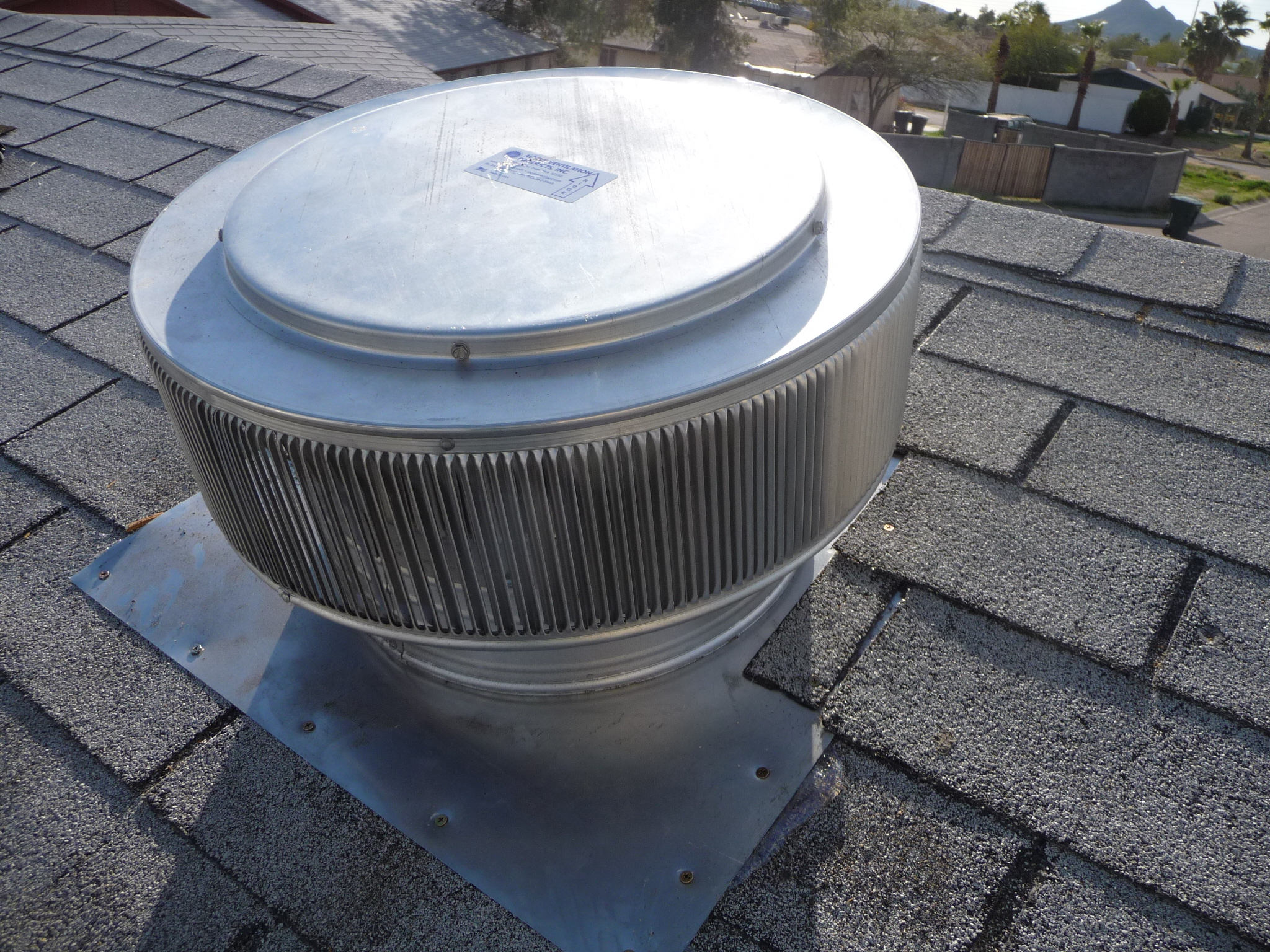Understanding the Importance of Roof Vents
Temperature Regulation
Roof vents facilitate the exchange of hot, stale air with cooler, fresh air, helping to regulate indoor temperatures during hot summer months. Proper ventilation prevents heat buildup in the attic and living spaces, reducing the need for excessive air conditioning and energy consumption.
Moisture Control
Excess moisture from cooking, bathing, and breathing can accumulate indoors, leading to condensation, mold growth, and structural damage. Home Improvement gate.com/ expel moist air from the home, preventing moisture buildup and protecting against mold and mildew growth.
Odor Elimination
Roof vents help remove cooking odors, smoke, and other indoor pollutants, promoting a healthier and more comfortable living environment for occupants.
Types of Mobile Home Roof Vents
Ridge Vents
Ridge vents are installed along the peak of the roof, allowing hot air to escape naturally through the highest point of the home. They provide continuous ventilation and are aesthetically pleasing as they blend seamlessly with the roofline.
Static Vents
Static vents, also known as box vents or louvers, are stationary vents installed on the roof’s surface. They allow air to pass through openings while preventing water and debris from entering the attic. Static vents are available in various shapes and sizes to accommodate different roof designs.
Powered Roof Vents
Powered roof vents, or attic fans, are equipped with electric motors that actively exhaust air from the attic space. These vents are ideal for homes with limited natural ventilation or high attic temperatures. Powered roof vents may be controlled manually or automatically based on temperature or humidity levels.
Installation of Mobile Home Roof Vents
Professional Installation
While some homeowners may choose to install roof vents themselves, it’s advisable to hire professional contractors for proper installation and optimal performance. Experienced roofers can assess your home’s ventilation needs, recommend suitable vent types and locations, and ensure a watertight seal during installation.
Location Considerations
Roof vents should be strategically placed to maximize airflow and ventilation effectiveness. Ridge vents are typically installed along the entire length of the roof ridge, while static vents are spaced evenly across the roof’s surface to ensure uniform ventilation.
Weatherproofing
Proper weatherproofing is essential to prevent water infiltration and damage around roof vent openings. Roofing contractors use flashing, sealants, and waterproof membranes to ensure a tight seal and protect against leaks.
Benefits of Mobile Home Roof Vents
Improved Indoor Air Quality
By expelling stale air and indoor pollutants, roof vents help maintain a fresh and healthy indoor environment for occupants.
Reduced Energy Costs
Efficient ventilation reduces the need for air conditioning by allowing hot air to escape naturally, leading to lower energy bills and increased energy efficiency.
Extended Roof Lifespan
Proper ventilation prevents heat and moisture buildup in the attic, reducing the risk of roof damage, premature aging, and deterioration.
Conclusion
Mobile home roof vents are essential components of a healthy, comfortable, and energy-efficient living space. By promoting airflow, controlling moisture, and eliminating indoor pollutants, roof vents contribute to improved indoor air quality, reduced energy costs, and extended roof lifespan. Invest in quality roof vents and professional installation to enhance ventilation and comfort in your mobile home.




